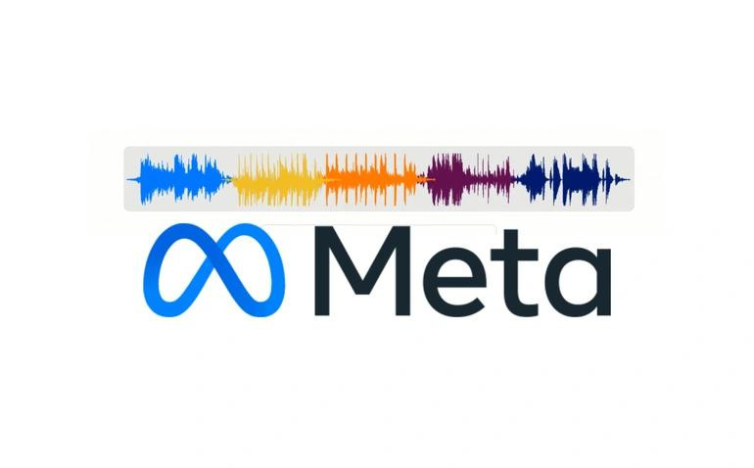Meta has developed a tool called AudioSeal that can embed hidden signals, known as watermarks, in AI-generated audio clips. This can help identify AI-created content online.
AudioSeal’s Capabilities:
- Detect AI-Generated Content: AudioSeal can pinpoint which parts of an audio file, like a long podcast, were created by AI. This can help fight misinformation and scams using voice cloning tools.
- Accuracy: The tool has a detection accuracy of 90% to 100%, which is better than previous attempts. It is available for free on GitHub, allowing anyone to add watermarks to AI-generated audio.
Challenges:
- Implementation: Meta has no immediate plans to use AudioSeal in its tools. Audio watermarks are not widely used yet, and there is no industry standard.
- Tampering: Watermarks can be easy to remove or alter. The effectiveness of watermarks depends on fast detection and pinpointing AI-generated parts of audio files.
Technical Details:
- How It Works: AudioSeal uses two neural networks. One creates the watermark signals, and the other detects them. The watermark is spread throughout the audio, allowing detection even if the audio is cropped or edited.
- Presentation: Researchers will present AudioSeal at the International Conference on Machine Learning in Vienna, Austria.
Expert Opinions:
- Advantages: Ben Zhao, a computer science professor, praises AudioSeal’s detection accuracy and resilience.
- Skepticism: Claire Leibowicz, head of AI and media integrity at the nonprofit Partnership on AI, doubts the effectiveness of watermarks due to their vulnerability to removal and forgery.
Conclusion:
- Future Work: Despite its potential, AudioSeal faces significant challenges before widespread adoption. The need for voluntary watermark addition and the ease of tampering are major hurdles.
Source: technologyreview




